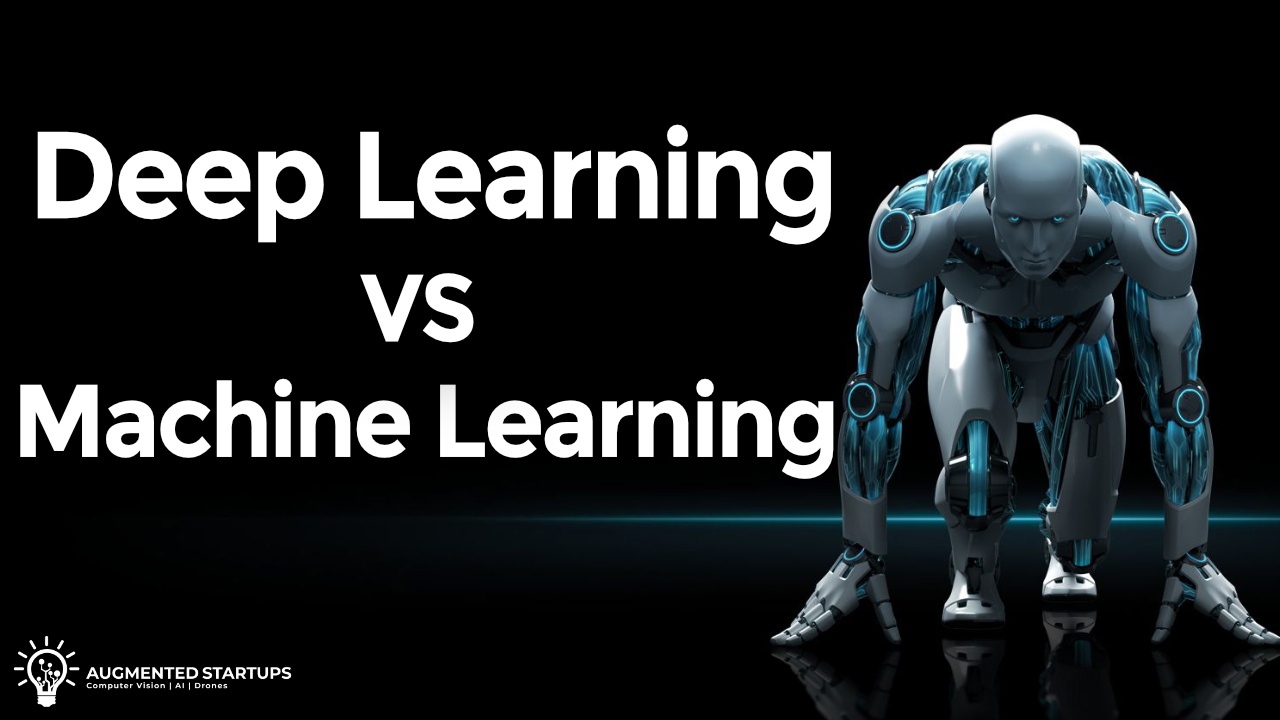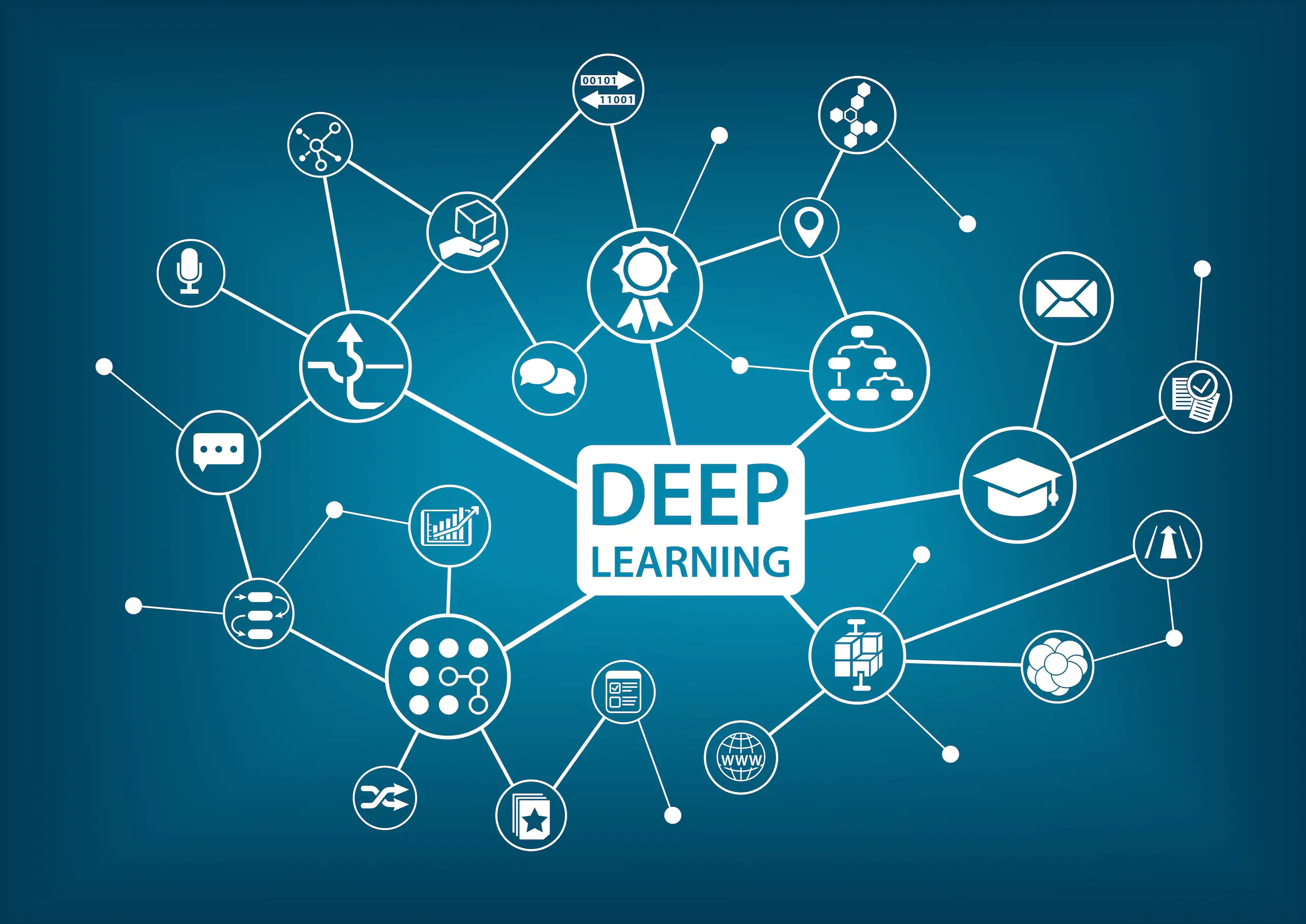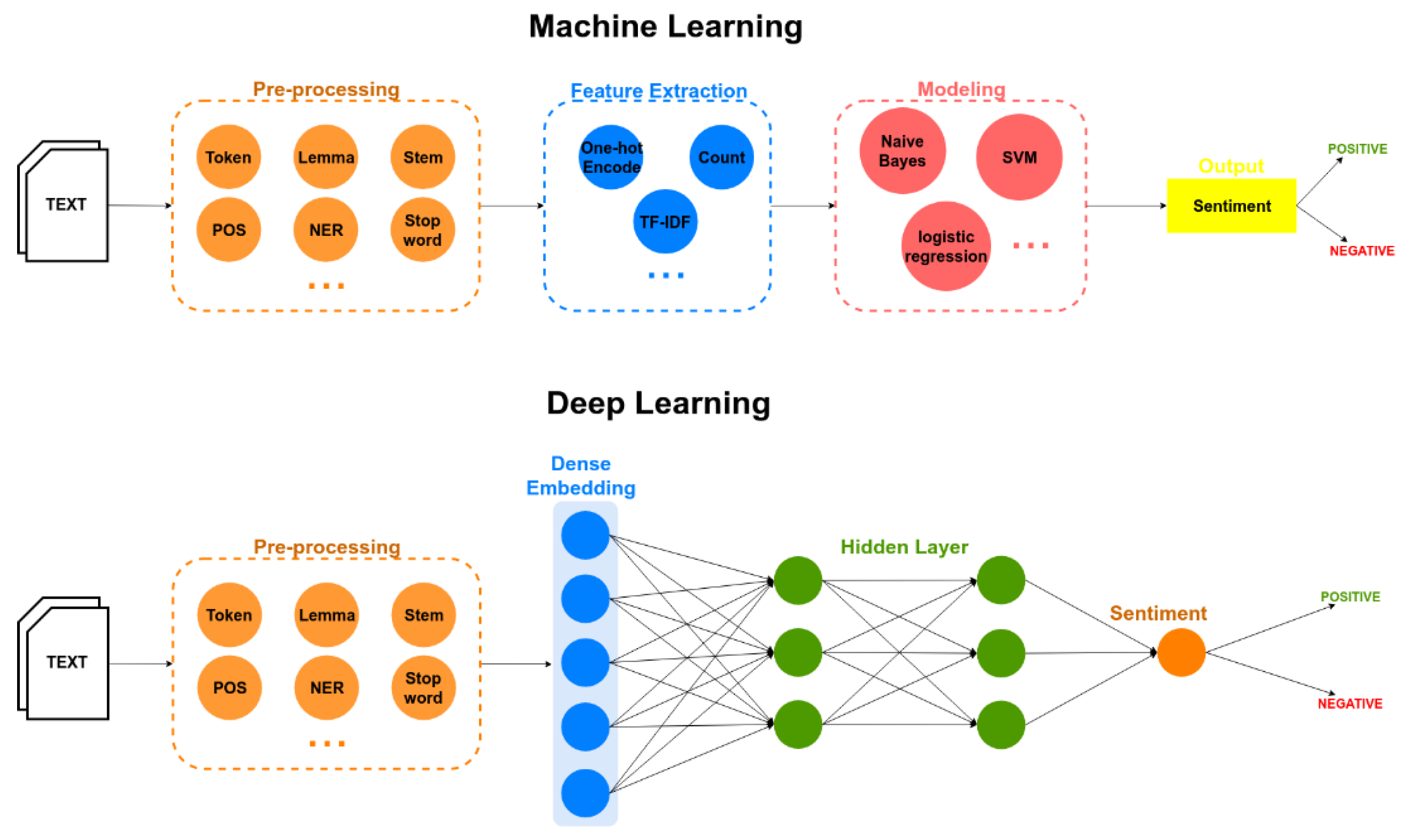Deep Learning vs. Machine Learning: Understanding the Key Differences
May 22, 2023
Machine learning and deep learning are two of the most popular buzzwords in the field of artificial intelligence (AI). Both techniques allow machines to learn from data, but they differ in their approach and the complexity of the problems they can solve. In this article, we'll explore the key differences between deep learning and machine learning, and which one to use for your project.
What is Machine Learning?
Machine learning is a branch of AI that focuses on training computer algorithms to learn from data and make predictions or decisions based on that data. The main goal of machine learning is to create models that can make accurate predictions or decisions without being explicitly programmed. Machine learning algorithms are designed to identify patterns and relationships in data that can be used to make predictions about future data.
There are various types of machine learning algorithms, including supervised learning, unsupervised learning, and reinforcement learning. In supervised learning, the algorithm is trained on labeled data, where the correct output is provided for each input. The algorithm then uses this training data to make predictions on new, unlabeled data. In unsupervised learning, the algorithm is trained on unlabeled data, and must identify patterns and relationships without any guidance. Reinforcement learning is a type of machine learning that involves an agent learning from its interactions with an environment through trial and error.
How Does Machine Learning Work?
Machine Learning involves three key components:
-
Data - the input dataset on which the model is trained.
-
Algorithms - the set of rules or procedures that the computer uses to analyze the data and create the model.
-
Models - the output of the algorithms, which represent the patterns or predictions derived from the data.
What is Deep Learning?
Deep learning is a subset of machine learning that is inspired by the structure and function of the human brain. Deep learning algorithms are designed to identify patterns and relationships in data by using a layered neural network architecture. These neural networks consist of multiple layers of interconnected nodes, or neurons, that work together to process and analyze data.
Deep learning algorithms are particularly effective in handling large, complex datasets, and can be used to identify patterns and relationships in data that may not be apparent to human analysts. They have been used to achieve breakthroughs in fields such as computer vision, natural language processing, and speech recognition.
How Does Deep Learning Work?
Deep Learning involves a type of artificial neural network known as a deep neural network. This network consists of multiple layers of nodes or neurons that analyze the data and create hierarchical models of it. The input data passes through the network layers, and each layer extracts different features of the data. The output of the final layer represents the predicted value, or classification, of the input data.
Key Differences between Machine Learning and Deep Learning
While machine learning and deep learning share some similarities, there are also key differences between the two approaches.
Data Requirements
One of the main differences between machine learning and deep learning is the amount of data required to train models. Machine learning algorithms can often make accurate predictions using relatively small amounts of data, whereas deep learning algorithms require large amounts of data to achieve similar levels of accuracy. This is because deep learning algorithms use a large number of parameters to create highly complex models, and require a large amount of data to fine-tune these parameters.
Hardware Dependencies
Another difference between machine learning and deep learning is the hardware requirements of each approach. Deep learning algorithms typically require high-end hardware, such as graphics processing units (GPUs), to achieve high levels of performance. On the other hand, machine learning algorithms can often be run on low-end hardware, making them more accessible to a wider range of users.
Degree of Human Intervention
Machine learning algorithms typically require more human intervention and supervision than deep learning algorithms. This is because machine learning algorithms are often less autonomous and require more input from human analysts to ensure that they are making accurate predictions. Deep learning algorithms, on the other hand, are more autonomous and can learn from their mistakes through a hierarchical structure of neural networks.
Conclusion
In conclusion, while machine learning and deep learning are both important branches of AI, they differ in data requirements, hardware dependencies, and degree of human intervention.
Ready to up your computer vision game? Are you ready to harness the power of YOLO-NAS in your projects? Don't miss out on our upcoming YOLOv8 course, where we'll show you how to easily switch the model to YOLO-NAS using our Modular AS-One library. The course will also incorporate training so that you can maximize the benefits of this groundbreaking model. Sign up HERE to get notified when the course is available: https://www.augmentedstartups.com/YOLO+SignUp. Don't miss this opportunity to stay ahead of the curve and elevate your object detection skills! We are planning on launching this within weeks, instead of months because of AS-One, so get ready to elevate your skills and stay ahead of the curve!
Stay connected with news and updates!
Join our newsletter to receive the latest news and updates from our team.
Don't worry, your information will not be shared.
We hate SPAM. We will never sell your information, for any reason.






![AI In Agriculture [NEW]](https://kajabi-storefronts-production.kajabi-cdn.com/kajabi-storefronts-production/file-uploads/themes/2153492442/settings_images/f3fdf8-e3fc-6bce-d26-2adc20ba5c0a_1e6bab8-d7b-d76c-e28c-fa6d513e45d_7138c16-f641-8fdf-e206-2bcac503bc5_AI_AGRI.webp)


